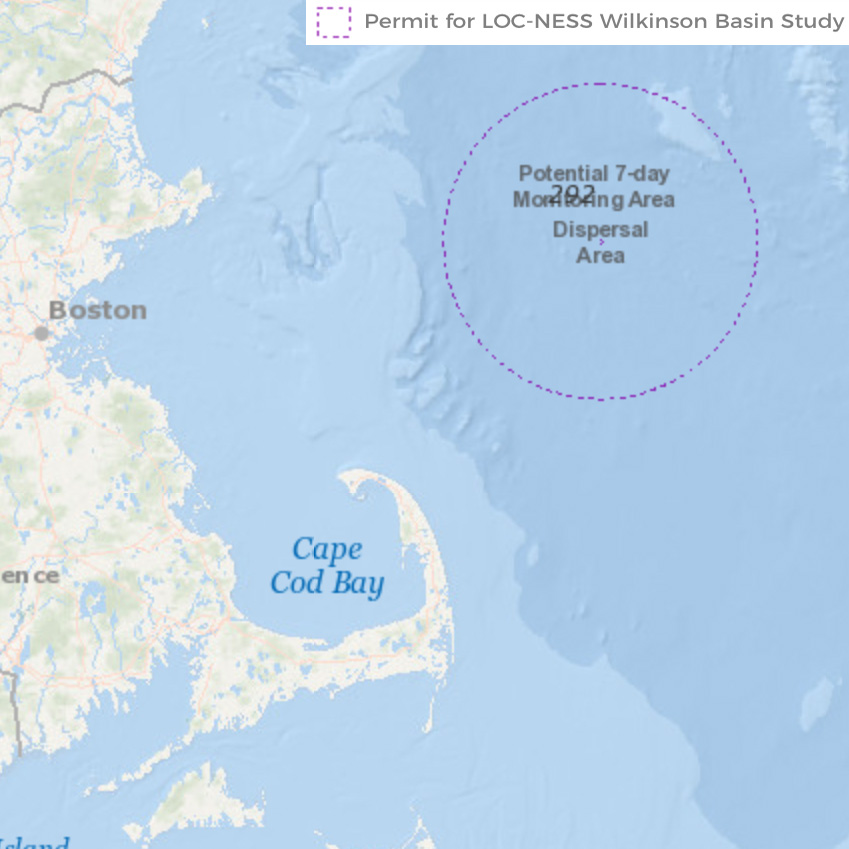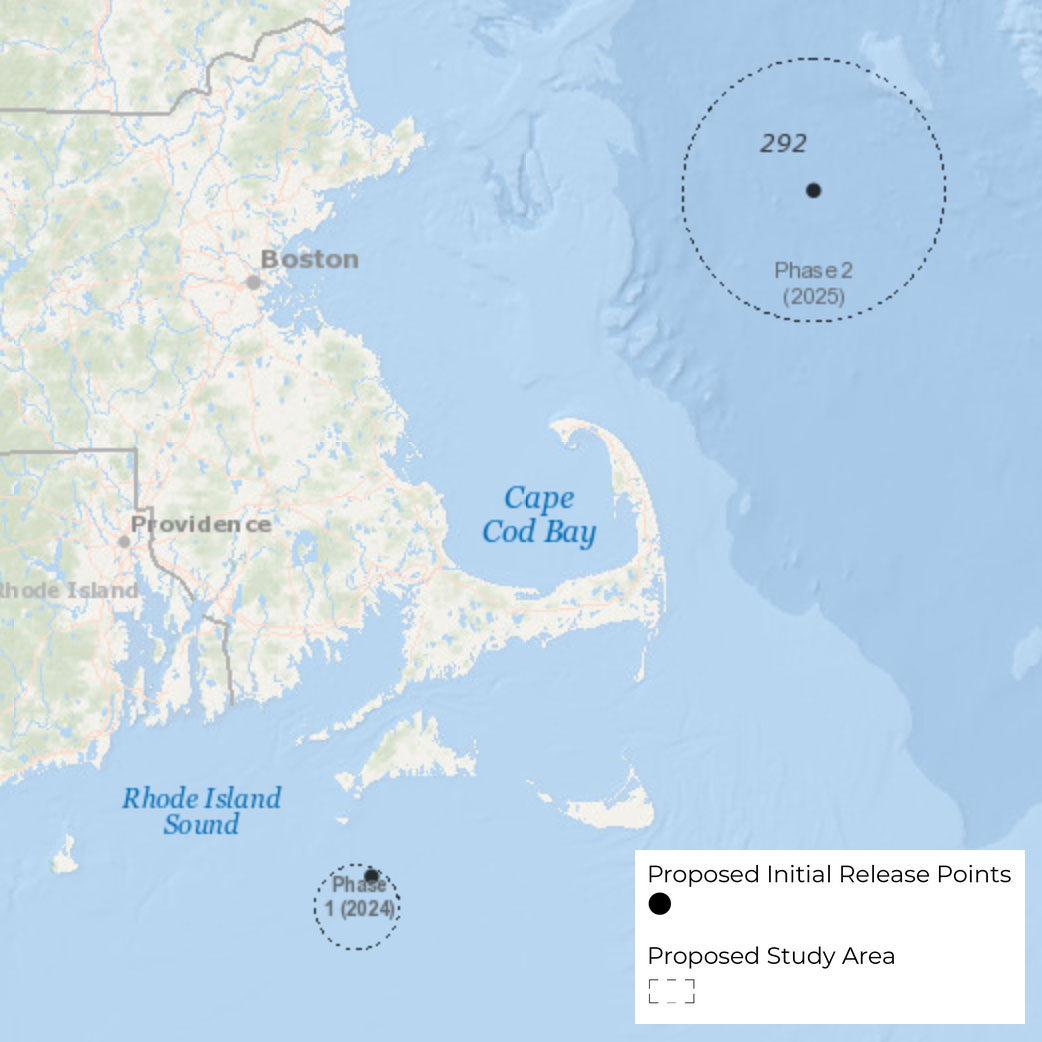mCDR Research Permits
Marine Carbon Dioxide Removal (mCDR) refers to a portfolio of techniques that are used to remove greenhouse gases from the atmosphere and lock them away permanently in the ocean. Examples of mCDR methods include: Macroalgal Cultivation, Ocean Alkalinity Enhancement, Coastal Blue Carbon, Direct Air Capture, Direct Ocean Removal, and Ocean Fertilization (National Academies of Sciences, Engineering, and Medicine, 2022).
The Marine Protection, Research and Sanctuaries Act (MPRSA) plays an important role, among other authorities, in regulating climate change interventions that involve the disposition of materials into the ocean, such as some mCDR activities. Regulation of these activities by the Environmental Protection Agency (EPA) ensures that ocean-based climate interventions do not cause unacceptable harm to the marine environment, human health or other ocean uses. More information about the MPRSA and permitting of mCDR activities is available on the EPA’s MPRSA website. The EPA may issue research permits for the transportation and disposition of materials in the ocean as part of a research project when it is determined that the scientific merit of the proposed activities outweigh the potential adverse environmental or other impacts that may result from the activities. Research permits may be issued for a period of up to 18 months with the possibility of renewal.
LOC-NESS Wilkinson Basin Study (formerly LOC-NESS Phase 2)
Applicant: Dr. Adam Subhas on behalf of Woods Hole Oceanographic Institution
Status: MPRSA Research Permit (EPA-HQ-MPRSA-2024-002) (April 2025)
Activity Description: An alkalinity enhancement experiment that would involve the transportation and disposition of an alkaline solution (sodium hydroxide dissolved in water) in Wilkinson Basin, offshore Massachusetts.
Materials:
- EPA Fact Sheet: Fact Sheet for LOC-NESS Wilkinson Basin Study Research Permit (April 2025)
- Permit Application: LOC-NESS Wilkinson Basin Study Research: Permit Application and Appendices (May 2025) and Memorandum of Application Update (January 2025)
- Additional supporting documents are available in the docket on Regulations.gov (Docket ID EPA-HQ-OW-2024-0189).
LOC-NESS Martha’s Vineyard Study (formerly LOC-NESS Phase 1)
Applicant: Dr. Adam Subhas on behalf of Woods Hole Oceanographic Institution
Status: Withdrawn.
Activity Description: An alkalinity enhancement experiment that would involve the transportation and disposition of an alkaline solution (sodium hydroxide dissolved in water) offshore of Martha’s Vineyard.
Materials: Go to Regulations.gov and search for Docket ID No. EPA-HQ-OW-2023-0591 (Phase 1).


